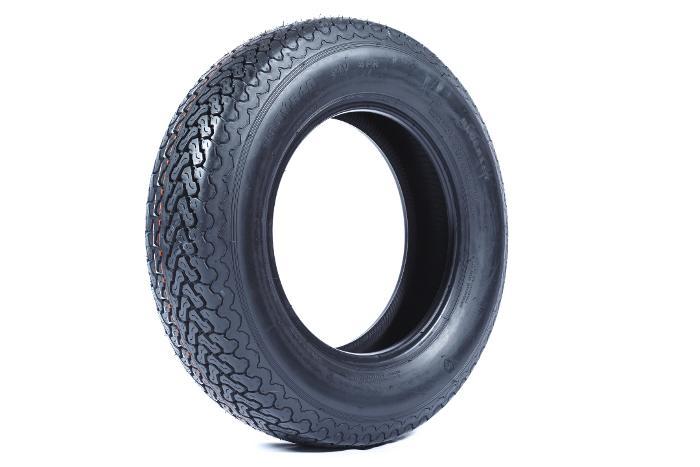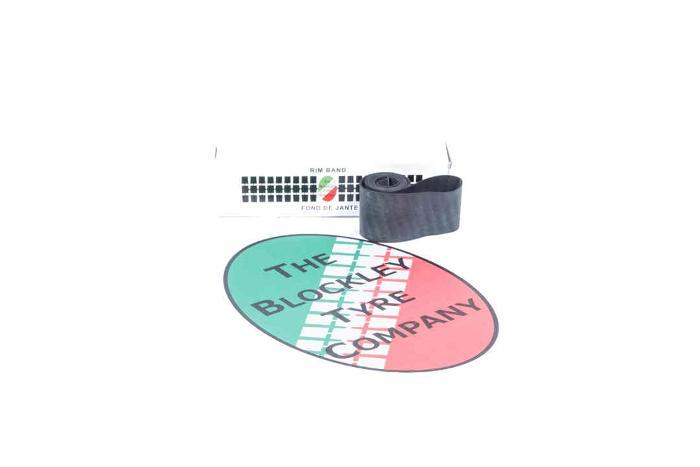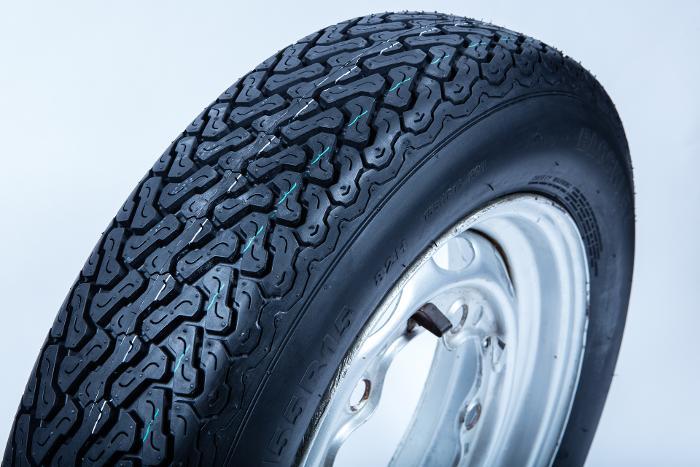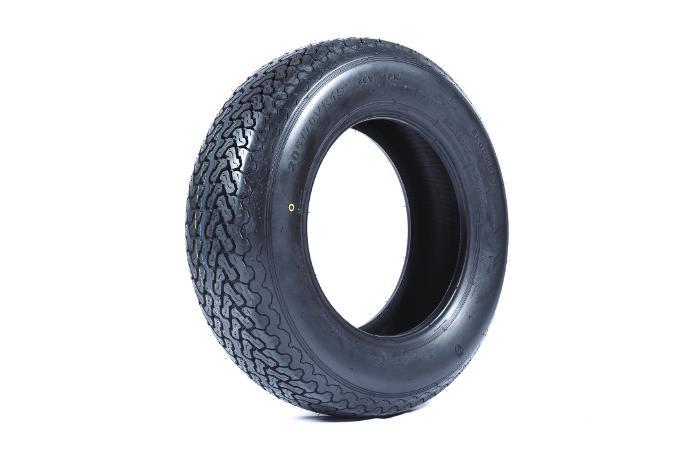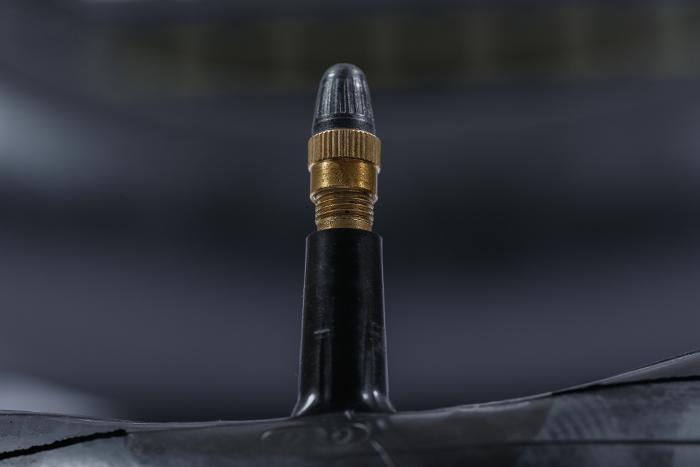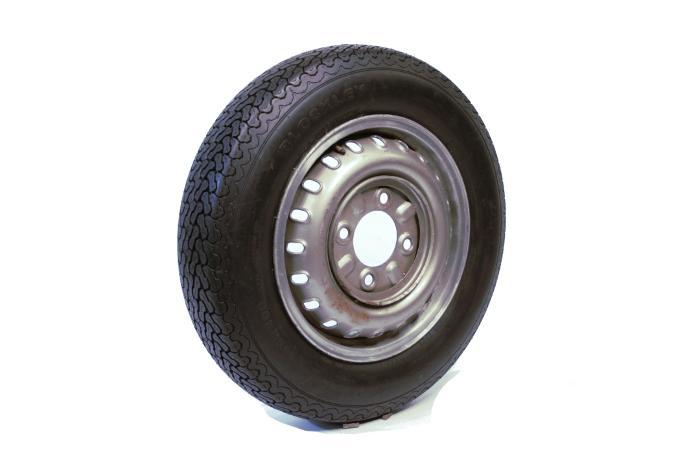Citroen

The surname Liomenman was changed from Lemon man to Citroen (lemon) when the family moved from the Netherlands to France. Later a couple of dots appeared over the e. Andre Citroen was an engineering graduate and well known for popularising the double chevron gear design, hence the two upside down V's on top of each other that became his brand sign later. Citroen was instrumental in the production of munitions during the first war, keeping 35,000 people busy at the Renault works, and post war in 1919 he went into the car making business. After the depression of the early 1930's Citroens designs radically changed when the ex Voisin engineer Andre Lefebvre joined Citroen (after a couple of years at Renault) to work on the monocoque independent suspension Traction Avant project. Working with designers at Citroen he created some of the most avant garde cars of the 20th century. The "11CV" Traction Avant continued in production, continually "improved", for decades, with 4 and 6 cylinder engines, with production also set up in Belgium and the UK (Slough). The British right hand drive built cars were called the Light 15.
In 1954 Citroen innovated the hydro-pneumatic suspension, which was used with the stunning successor to the Traction Avant, the Citroen DS, introduced late in1955. A simplified version was the ID which became available from 1965. When Maserati was in difficulties Citroen purchased a majority shareholding, which led to the Maserati engined Citroen SM which was built in Modena until 1975.
